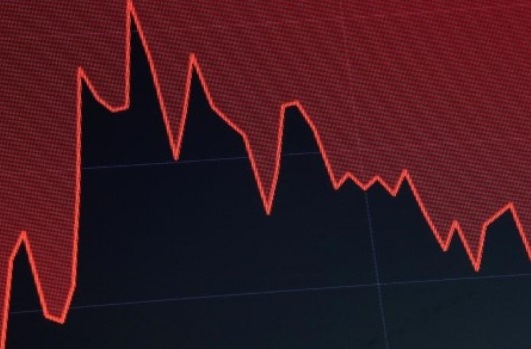Gains in most Asian currencies fizzled out on Monday, as hopes of a coordinated global approach to tackle the economic fallout from the coronavirus outbreak gave way to uncertainties over the details of any such action.
With markets pinning hopes on a G7 conference call later in the day, a statement being crafted on how they plan to soften the economic hit does not specifically call for new government spending or coordinated rate cuts, a source with knowledge of the deliberations told Reuters.
The statement, expected on Tuesday or Wednesday, will see G7 nations pledge to work together to mitigate the damage but the source did say the language of the statement is subject to change as it is still under discussion.
“The devil, it seems, is now in the detail and this will offer the degree of confidence that the turnaround in risk has legs,” Chris Weston, head of research at brokerage Pepperstone, said in a note prior to the Reuters story.
“The market would be looking for strong responses from central banks and slowing momentum in the spread of new COVID-19 cases. The lack of either could still cause jittery,” said Edward Ng, a portfolio manager at Nikko Asset Management in Singapore.
Earlier, the Reserve Bank of Australia became the first major central bank to cut rates, with some local focus now shifting to the decision by Malaysia’s central bank due later in the day.
The dollar had flattened after the G7 story, while most currencies in Asia gave up most of their gains.
South Korea’s won advanced 0.1 percent against the dollar, giving up most of its 0.7 percent gain in early trade, as the virus continued to spread in the country. Taiwan’s dollar held its 0.4 percent gain.
Money markets are fully pricing in a rate cut of at least 0.25 percentage point by the Federal Reserve at its March 17-18 meeting, though policymakers are dealing with a depleted arsenal after years of support since the financial crisis. — Reuters





